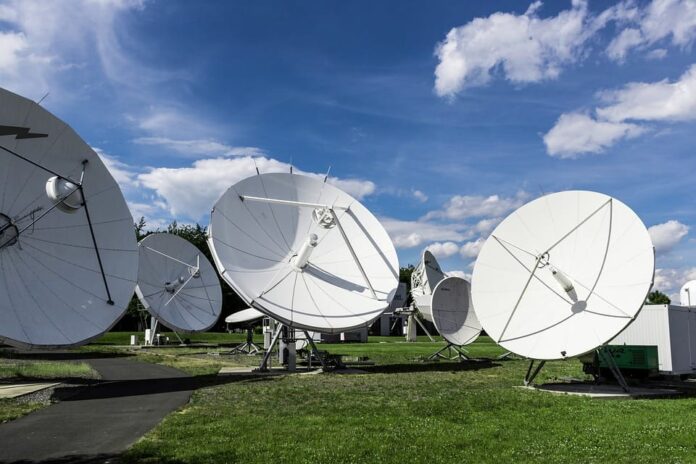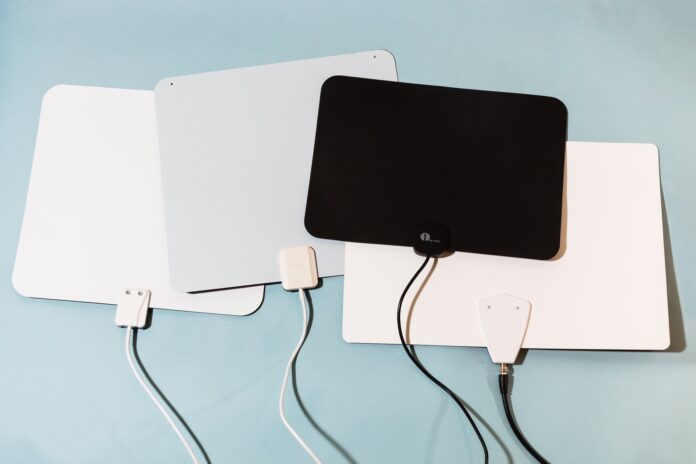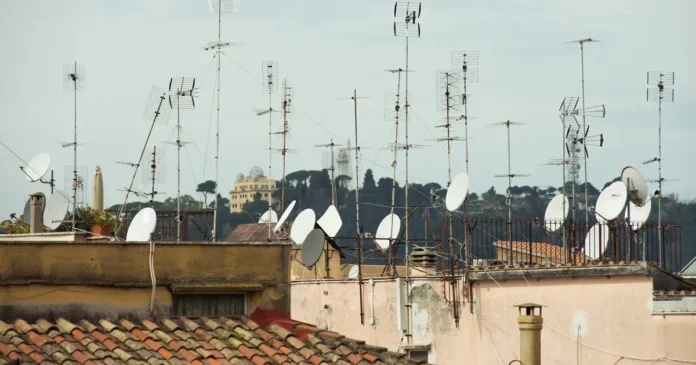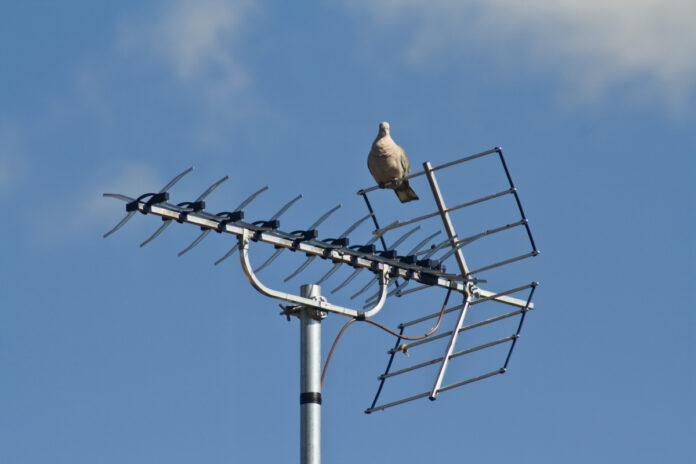It’s been a long time since the days of rabbit ears and fuzzy reception. These days, you have to have cable TV or satellite service to watch your favorite shows.
While cable TVs have taken up the place of antennas mostly, there are still people who prefer an antenna for their TV.
And there are a surprising number of benefits to using a TV antenna rather than cable! Here are 5 interesting facts about antennas that you may not know:
1. Antennas Give You More Freedom

Since cable TVs are regulated by the service provider, you can’t watch everything you want without requesting them to tune the channel. However, with an antenna, you can watch channels according to your choice.
If there’s a special sporting event or show that you really want to see, with cable TV it will be canceled if they don’t think enough people are interested – but with an antenna, you’ll never miss out on your favorite shows again!
You also won’t have to worry about paying for every show you want to watch. With cable, most people end up having to pay a monthly fee of around $20-50 just for their favorite channels – but with an antenna, your only recurring costs are buying the equipment and replacing it when necessary!
You can pick and choose what shows you’re willing to spend money on, instead of paying for a whole package and not using most of the channels.
And if you’re looking to save money on your monthly bills, antennas make perfect sense: they only require one-time installation costs and no monthly fees! This makes them an affordable option that will pay off in just months (or even weeks) compared to cable subscriptions.
2. Antennas Are Cost-Effective

If you’re looking to cut down on costs and save money, an antenna is the way to go.
Cable subscriptions can be expensive: in addition to installation fees of around $100-300 (higher for satellite service), cable TV bills usually run upwards of $50/month while some providers charge more than that.
And that doesn’t include the cost of extra equipment like DVRs, which can run $15-60/month.
Over time, these fees add up, and before you know it your monthly outlay is over a hundred dollars!
With an antenna, on the other hand, installation costs are just one-time expenses – they’ll pay for themselves in just a few months, and after that, all you have to do is pay for the equipment. You can add this into your monthly budget or purchase an antenna with no recurring fees if you prefer; either way, it’s far cheaper than cable TV!
The cost savings don’t stop there: since antennas only require electricity (and minimal maintenance), they’re far cheaper to run than cable TV.
3. Both Interior and Exterior Varieties Are Available

One of the reasons people have been slow to adopt antennas is because they’re often seen as ugly – since most are large and unsightly, you need to mount them on your roof or in other awkward places.
But did you know that there are both interior and exterior varieties? If you live in a city where it’s hard to mount an antenna on your roof, you can still benefit from antennas by using one that’s installed inside instead.
This is also great for people who are renting or don’t want the hassle of installing something permanently – with indoor antennas you can take them down when moving out! They’re ideal for apartments and other buildings without easy access to the installation. You can even install one in your basement. iReviewTools has listed some great basement tv antennas. You may check those if you are interested.
4. Quality Varies a Lot in Antennas
A lot of people assume that all antennas are the same. In reality, they vary a great deal in quality – and if you want to get good reception for your TV broadcasts, it’s important to know what makes an antenna better than another!
One way is through the number of elements: a higher number generally means a stronger signal, so you should always look for an antenna with the highest number of elements possible while still fitting your budget.

The other way to judge antennas is through their performance; basically, how strong a signal can they pick up? This depends on many factors like distance from TV towers and what type of obstacles are between you and them (like trees or buildings). The best way to determine your needs is by using a site that will tell you what kind of signal strength you can expect from the antennas in your area and how far away they are.
5. High Rise Building and Dense Forests Interfere with Antennas
If you live in a big city or an area with lots of high-rise buildings and dense forests, you might find that your antenna just doesn’t work as well as it should.
Trees can block signals from coming through while skyscrapers will cause interference – this means that you may need to look for an antenna with a higher number of elements, or one that’s more powerful.
If you’re in the suburbs but still have problems getting good TV reception, it might be because there are too many trees blocking your line of sight between yourself and the broadcast towers; if possible, try moving your antenna to somewhere where this isn’t an issue.
Final Words
Antennas are far more convenient than cable TV – they’re cheaper, easier to install and use, and will save you a lot of money over time!
While it’s true that some antennas don’t work as well as others, if you do your research before buying one then there’s no reason why you can’t enjoy free TV broadcasts in your home.









